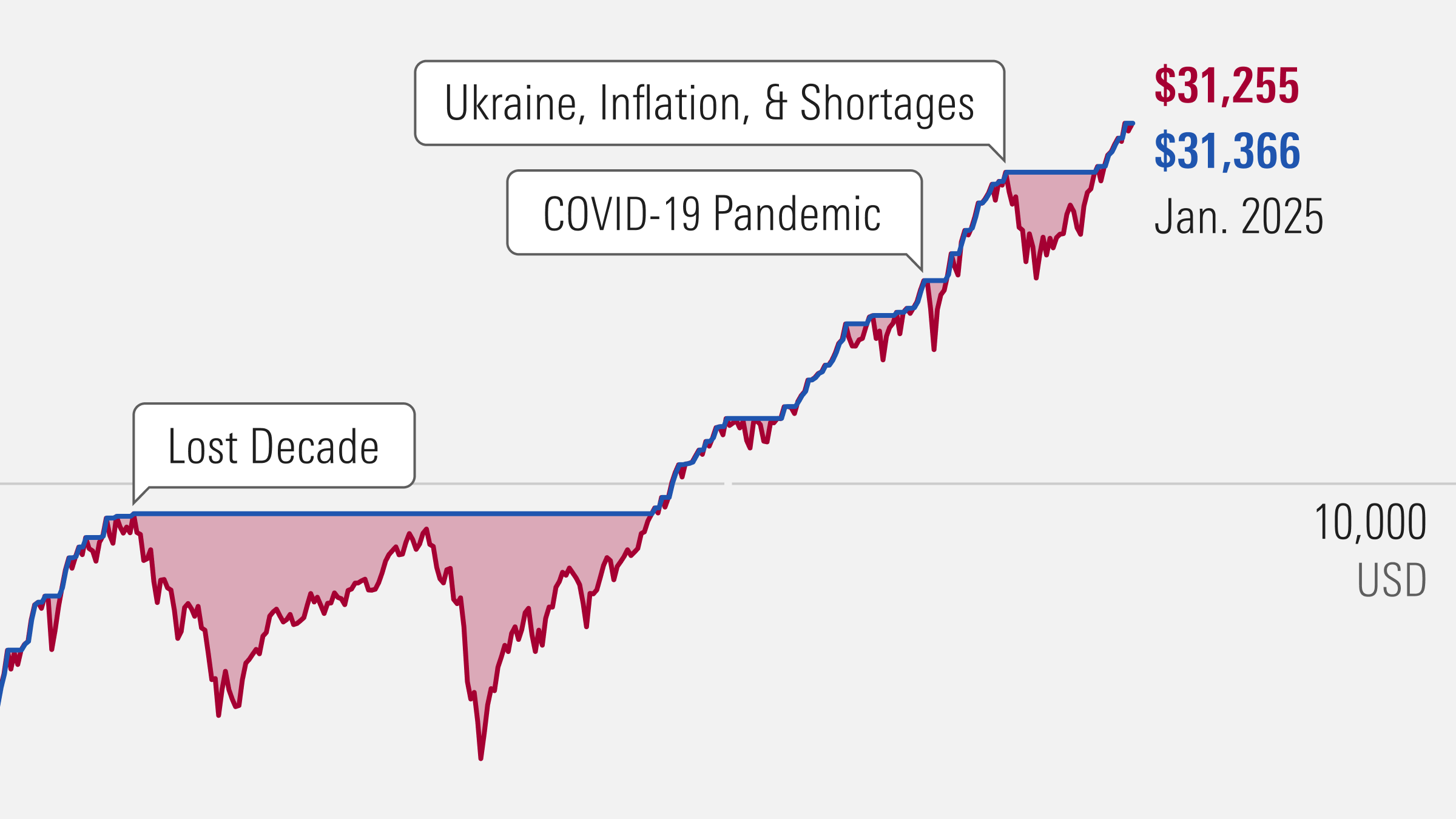Morningstar's "Perspectives" series features investment insights from third-party contributors. Here, Tom Walker, portfolio manager of the Martin Currie Global Portfolio Trust, comments on central banks and their attempts over the years to achieve global economic ‘escape velocity’.
Equities rising, gold soaring, bond yields plunging: asset class reaction to the Brexit vote has left many investors and market commentators scratching their heads.
Since the global financial crisis in 2008 we have had ever-increasing intervention from policy makers: from the original US quantitative easing announcement by the Federal Reserve, Mario Draghi’s “whatever it takes” commitment from the European Central Bank in 2012 and more recently Bank of Japan governor Haruhiko Kuroda’s $1.4 trillion QE bazooka in 2013.
At every sign of economic malaise or market discomfort, central bankers have come up with a bigger, more aggressive plan in the attempt to achieve ‘escape velocity’ for the global economy.
The process has been a prolonged shot in the arm for asset prices. However, with little in the way of genuine demand growth in the world, there has been no incentive to invest in productive assets – new factories, new technologies, new staff or training of employees. Instead, this money has remained stuck in the system, failing to reach the real economy and doing little more than inflate valuations across a range of markets, be it equities, bonds or investment property.
QE: Bad News is Good News for Asset Prices
In the post-crisis world, a warped kind of Pavlovian response has developed in investors’ minds. Like the famous experiment, where Pavlov’s dog learned to salivate at the sound of a bell, repeated stimulus has conditioned markets to react in anticipation of the next easing measures. The logic seems clear: if there is a big problem there will be a big response. More cheap money will enter the system, leading to further rises in investors’ assets. So, as far as markets are concerned, bad news is in fact, good news.
Helicopter Money Means Deflation
If authorities go for a more aggressive approach, we could get direct monetisation of the debt such as printing money and giving it direct to the private sector, whether by ‘helicopter’ or more conventional means. This would result in gold and safe haven assets doing well as a store of value while the notes and coins we carry around is deflated through increasing supply.
Either way, there is going to be more zero-yielding money sloshing through the world’s financial systems looking for any kind of return. A further surge in equity valuations would seem inevitable. A win-win situation, it would seem, for investors.
My view would be different. If we do get a further barrage of stimulus, investors need to exercise a degree of caution, despite the likely positive short-term impacts on assets. The need for more monetary stimulus itself is inherently a distinctly bad sign. A symptom of continuing anaemic economic growth and reliance on a policy tool that has become progressively dulled through over-use.
Should Investors Be Concerned?
What should an investor with a longer-term mindset make of all this? This environment has been flashing bright, neon lights for some years, and yet markets are trading at all-time highs. ‘Don’t fight the Fed’ is a well-worn cliché. Today, though, the cautious investor would be wise to look through the hyperbole of renewed stimulus measures, and instead focus on the companies that are able to generate sustainable returns long into the future.
While a rising tide may lift all boats, the continuing undercurrents of low growth emphasise the importance of investing in companies with attractive long-term business models. In this respect, fundamental, research-based stock picking is vital. There is a tremendous amount of innovation and disruption in certain industries, with communication, entertainment, retail and transport all seeing material change.
There are clearly individual companies and specific niches within economies that are still expanding and will continue to do so, long after the current market buoyancy subsides. Identifying these companies, those with superior returns, that reinvest in their businesses to maintain and improve their competitive positions, is the best way to invest for a longer-term horizon.
Because what happens when QE eventually stops – when the bell no longer rings? Well, I have a feeling Pavlov’s dogs will start to bark.
Disclaimer
The views contained herein are those of the author(s) and not necessarily those of Morningstar. If you are interested in Morningstar featuring your content on our website, please email submissions to UKEditorial@morningstar.com





























